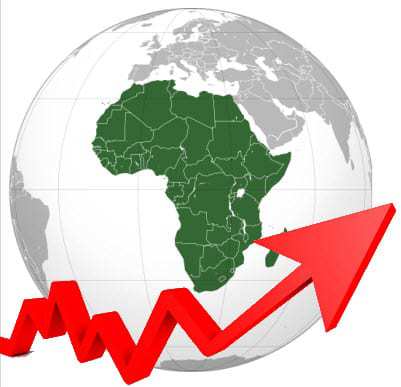These shops are at the head of the crowd on a worldwide scale in terms of enabling the technology.
Although the dream of retail mobile payments is only barely just getting started in North America and is seeing considerable resistance from consumers and stores, alike, this is not the case in South Africa, where merchants are leading the way for receiving transactions through the use of smartphones.
Among the largest obstacles that this technology had previously seen was the complexity of its nature.
However, today, the technology for placing credit card and banking card information in a smartphone so that it can be used for making retail mobile payments is highly available. The primary lag to its adoption has been on the side of consumers. This is hardly the case in the South African market, though. There, consumers are making the switch so that they can interact with shops through the convenience of their smartphones.
There are a number of different retail mobile payments apps that are being used by consumers.
 Instead of having consumers choose a single popular app for completing transactions while they are in a store, they are choosing from a range of different options. There are a number of retailers that are trying to work with this trend in a strategic way, so that they don’t end up having to turn customers away because they don’t accept a certain digital wallet or service.
Instead of having consumers choose a single popular app for completing transactions while they are in a store, they are choosing from a range of different options. There are a number of retailers that are trying to work with this trend in a strategic way, so that they don’t end up having to turn customers away because they don’t accept a certain digital wallet or service.
Some have even opted to install certain platform layers that would allow them to be able to plug into virtually any smartphone based transaction service. Among those that are taking advantage of this type of opportunity include Pick n Pay and Shoprite Checkers.
In a country in which many consumers are unbanked, retail mobile payments open up many doors for them to be able to pay using a method other than cash, and to exchange these funds in a way that is very practical and available to them. Cell phones and smartphones have considerable penetration in this area, to a much greater extent than banking and credit card services. This greatly heightens the appeal of digital wallets in a way that simply does not exist in many other markets, such as in North America.
